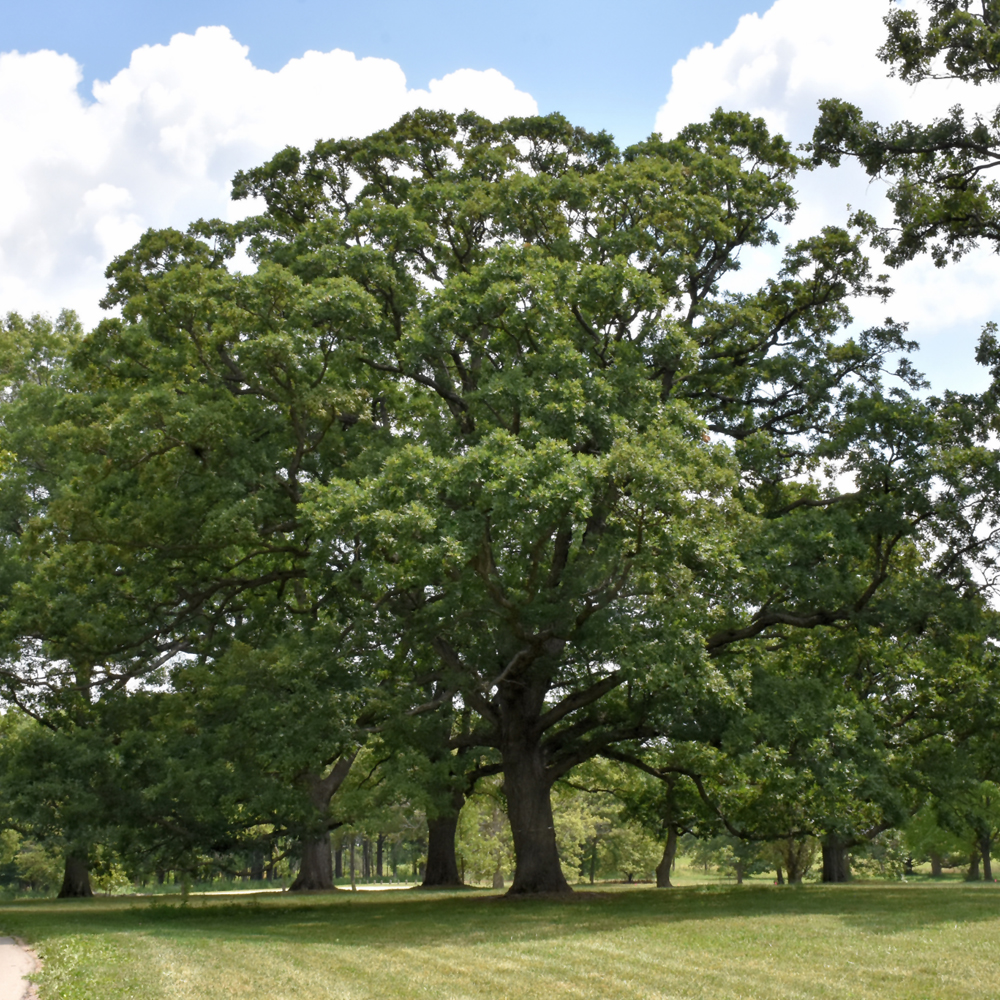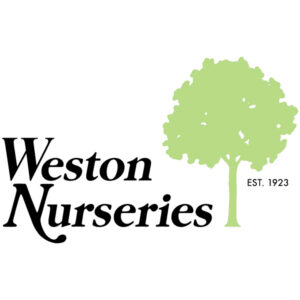By Kaitlyn West, Weston Nurseries’ Growing Supervisor
After reading Doug Tallamay’s 2021 publication of “The Nature of Oaks; The Rich Ecology of Our Most Essential Native Tree”, I can say that I am truly inspired and hopeful for the future of our planet. We wander by tons of Oak trees each day, not knowing the true value and altruistic tendencies they hold. 365 days a year, Oak’s provide a great function in some way to all living things. From the endless amount of food, shelter and protection, to medicinal properties traditionally used since ancient times, it is no wonder why they are “Our Most Essential Native Tree”. Unfortunately, they still go widely unnoticed and unused. Could it be because of their aggressive tap root and wide canopy? Their astronomically slow growth compared to Sycamore’s and Elm’s? Or the millions of acorns that an Oak will produce throughout its lifetime that homeowners find as a bother to clean up each November?
I was able to relax and unwind as I read along, knowing that there is so much work going on behind the scenes in these selfless living things. They’ve got things under control. And they have millions of years of wisdom and experience to share with the new species in the forest.
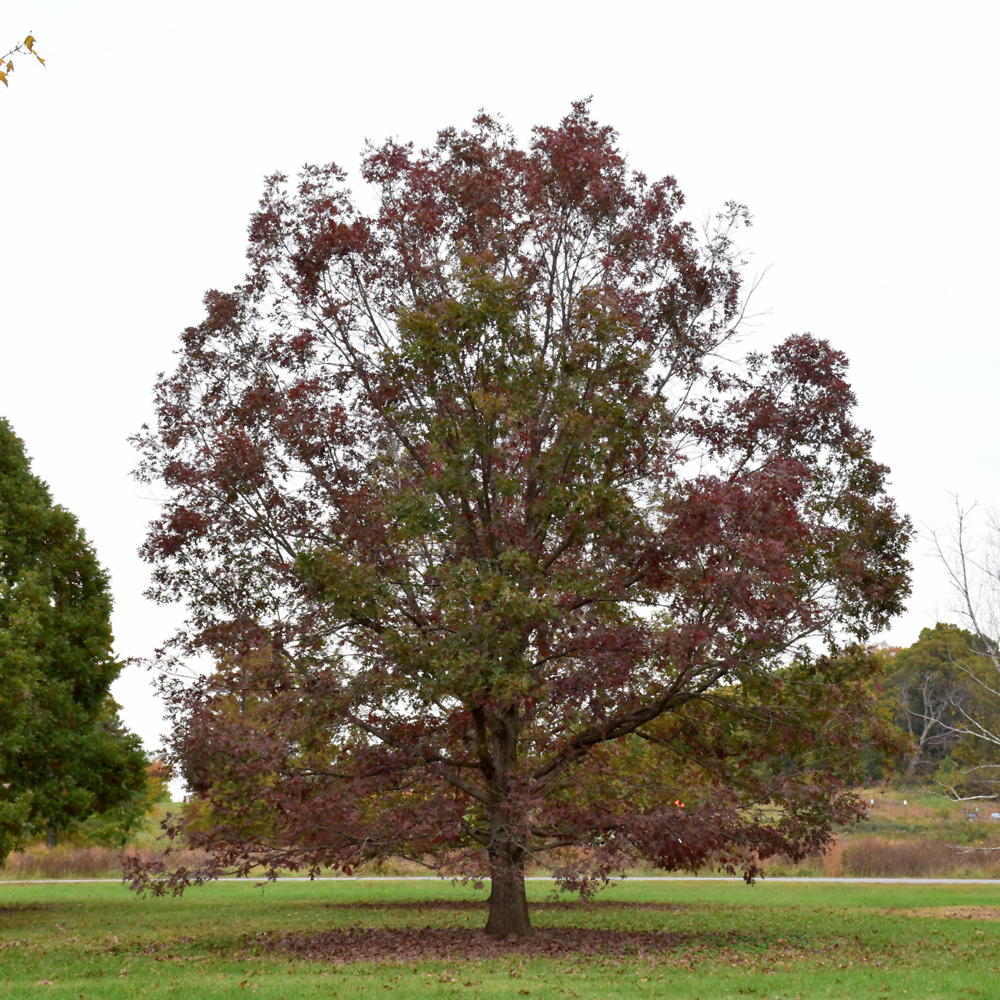
These new species may spend their lifetime looking up to the Oak, but genetically and functionally will never be the same. Oak trees support more species than any other tree genus in North America. A single oak can produce up to 3 million acorns in its lifetime. This process creates a symbiotic relationship between humans, plants and animals in many ways. A big mast year for Oaks will provide substantial and nutritious food for birds, small game, and many other forms of wildlife. Deer love grazing these acorns in the Fall for fats, and many of these burrowed stashes of acorns are forgotten about, which creates small saplings scattering the forest floor.
We may not know why people don’t plant oaks in large numbers compared to other tree species, but we do know that other species like blue jays will if we don’t. The most innocent, indirect, helping hand to Mother Nature these animals can provide.
Many of these saplings survive, and thrive, and become tall trees one day. Tallamay describes the many benefits of Oaks to our yards and landscapes provided from every aspect of the tree, and throughout each month of the year in his writing. Amazingly, Oaks are the lifeline for over 857 species of moths and butterflies. However, only 33% of butterflies in the United States use Oaks as a host plant, 15 of those being ‘Hairstreaks’. Some caterpillars are found ‘glued’ onto twigs, or in decaying oak leaf litter where they secrete amino acids into converted sugars and create a mutual relationship with ants. These guardian ants build dens to protect the caterpillar going through their next lifecycle. At this point, the caterpillar has a place to rest when it crawls up the tall oaks to feed on green leaves during the day.Ten days later, the hairstreak caterpillar becomes a beautiful butterfly. Not only do these caterpillars become beautiful butterflies one day, they also are a huge food and energy source for migrating birds throughout the United States. Bare oak branches are loaded with fat caterpillars that help make up 50% of diets of chickadees, kinglets, titmice, barred owls, and so many more migrating birds.
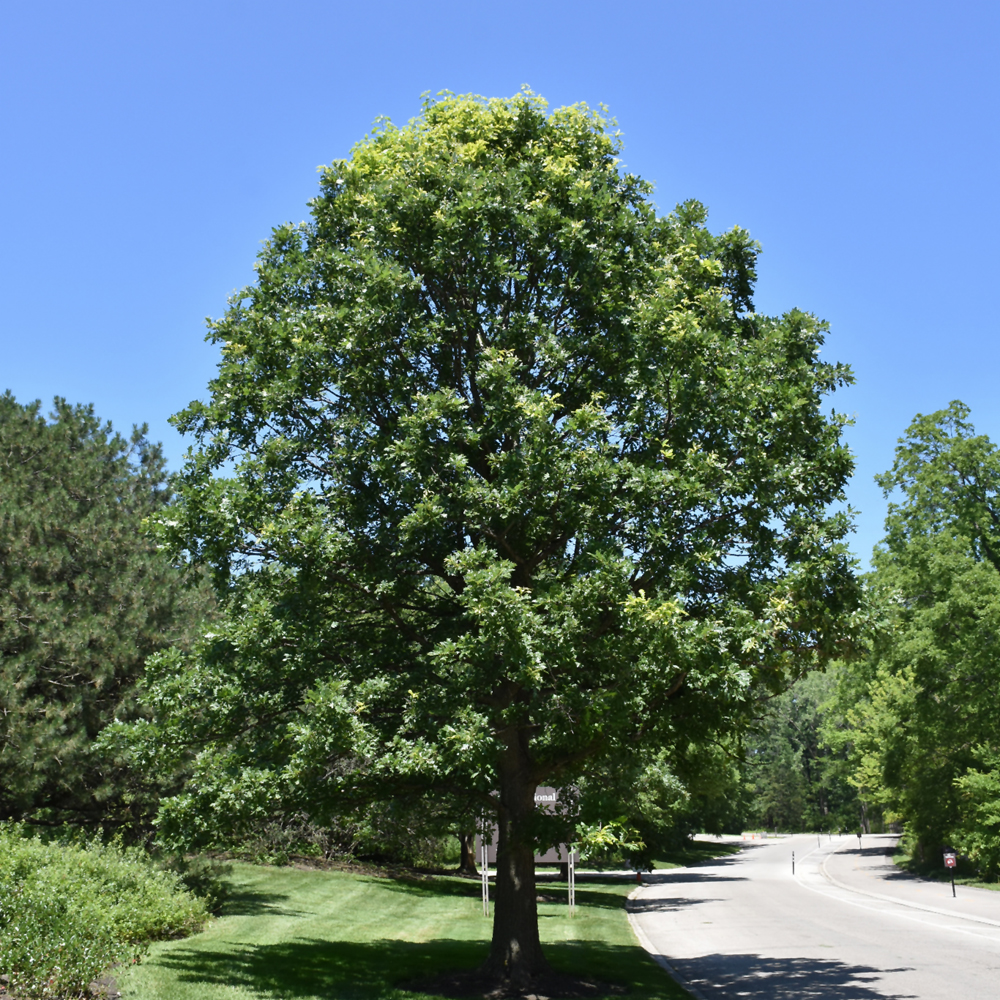
Oaks are essential in the forest. With more Oak trees, more carbon is sequestered and exchanged as oxygen for us to breathe in clean air. Oaks can capture more carbon and also hold more rainwater than any other tree. This is so important given the unexpectedness of our weather patterns each season, and the torrential rain leading to flooding in many towns and cities. Oak leaf litter acts as a rainwater filtration system during storms, given its big leaves.
These act as a layered sponge and slow rainfall down. This replenishes the water table slowly, compared to tree species that have thinner leaves that break down sometimes within one summer, creating bare forest floor through Fall, and eventually horrible flooding and erosion.
Lately, it seems that so often there is a news flash of another New England community and the devastation of storm damage to infrastructure and waterways. It is so important for the water table to be filled slowly. This also keeps steady moisture in the forest floor, helping mycorrhizae thrive and create new important pathways with bacteria and fungi by the billions. In one square meter of decomposing organic matter in the forest, there will be up to 1 million nematodes.
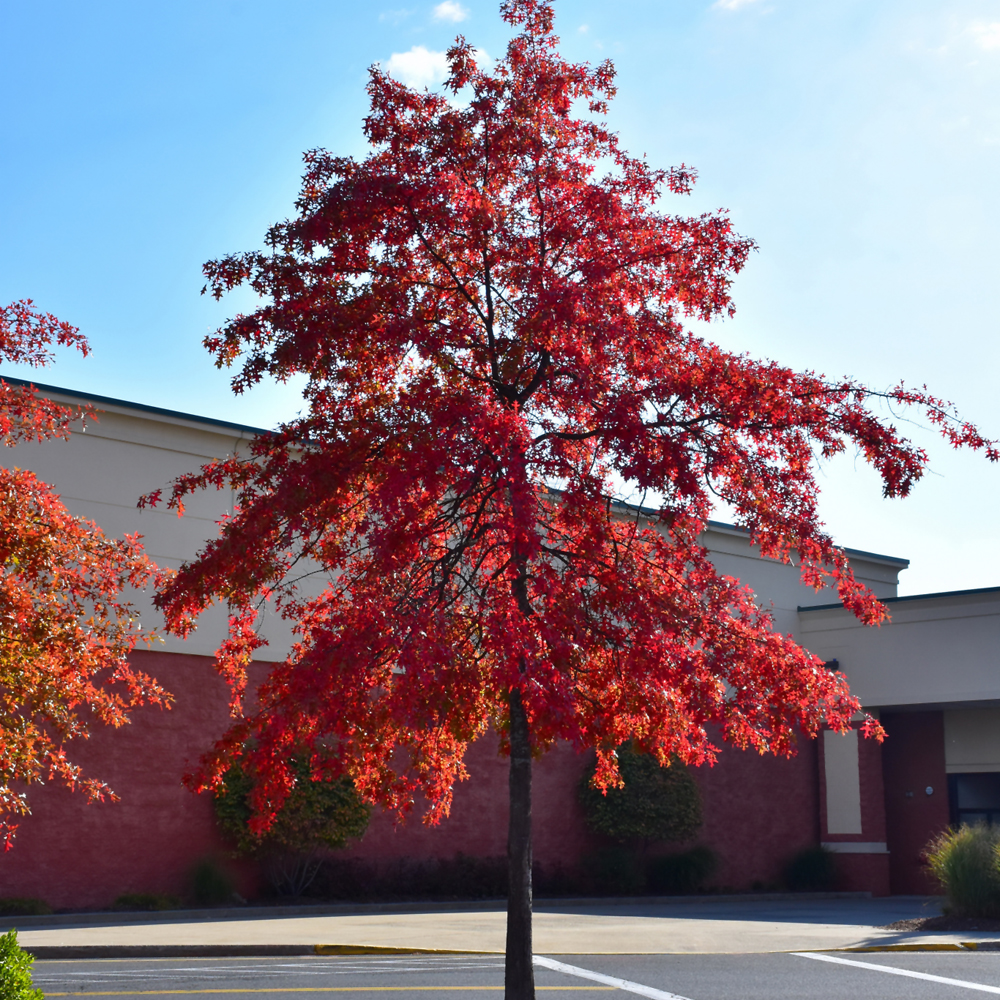
These are the most abundant species on Earth and are responsible for so much life in the forest. Keeping moisture in our forest floor allows beneficial nematodes to thrive and do their job, providing food sources for other microorganisms and oxygenating the soils.
I could go on for pages about the benefits and importance of oak tree species and the varieties of reasons why we should be planting them in our backyards, but you will have to read Doug’s books for yourself! Doug Tallamay’s studies and field work are truly inspiring to any homeowner who feels overwhelmed by wanting to make worldwide change. That change could be as small as planting a few oaks in your backyard, and that is one small step that makes a huge difference. Tallamy believes in balance and coexistion among nature and observing the ways that we are all connected.
I think this is a very simple way to think about the world around us, and I like to think we are more alike with Oaks than we may think. Tallamay influences homeowners to create a biodiverse setting in your backyard providing food and shelter through beautiful Native plants, but I also feel he does not shame readers for having ornamental plants already established in their mix. His passion is contagious, and I think this is a great approach for Tallamay to connect to readers all around the world. I will leave you with this quote from Doug Tallamay himself, “the more you learn, the more you realize there is to learn.”
Source:
Tallamy, D. W. (2022). “The nature of oaks: The rich ecology of our most essential native trees.” Timber Press.
About The Author:
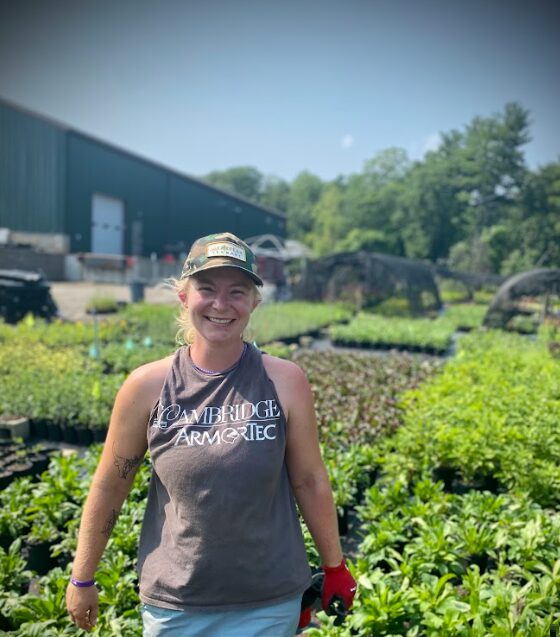
Kaitlyn West is Weston Nurseries’ Growing Supervisor. She supervises our native seed starting and propagation efforts, as well as bare-root / liner production and our Integrated Pest Management program. She is also part of our sustainability and safety teams. Kaitlyn attended Keene State College, majoring in Environmental Studies with a minor in Sustainability.


